Input interpretation

N-hexane
Chemical names and formulas
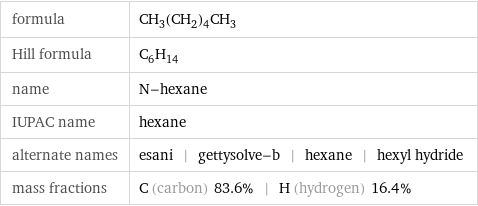
formula | CH_3(CH_2)_4CH_3 Hill formula | C_6H_14 name | N-hexane IUPAC name | hexane alternate names | esani | gettysolve-b | hexane | hexyl hydride mass fractions | C (carbon) 83.6% | H (hydrogen) 16.4%
Lewis structure

Draw the Lewis structure of N-hexane. Start by drawing the overall structure of the molecule: Count the total valence electrons of the carbon (n_C, val = 4) and hydrogen (n_H, val = 1) atoms: 6 n_C, val + 14 n_H, val = 38 Calculate the number of electrons needed to completely fill the valence shells for carbon (n_C, full = 8) and hydrogen (n_H, full = 2): 6 n_C, full + 14 n_H, full = 76 Subtracting these two numbers shows that 76 - 38 = 38 bonding electrons are needed. Each bond has two electrons, so the above diagram has all the necessary bonds. There are 19 bonds and hence 38 bonding electrons in the diagram. Lastly, fill in the remaining unbonded electrons on each atom. In total, there remain 38 - 38 = 0 electrons left to draw and the diagram is complete: Answer: | |
3D structure

3D structure
Basic properties
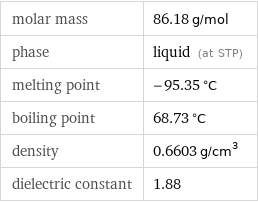
molar mass | 86.18 g/mol phase | liquid (at STP) melting point | -95.35 °C boiling point | 68.73 °C density | 0.6603 g/cm^3 dielectric constant | 1.88
Liquid properties (at STP)
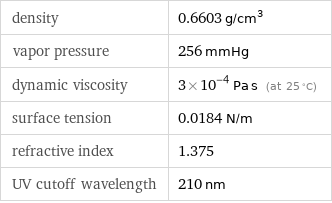
density | 0.6603 g/cm^3 vapor pressure | 256 mmHg dynamic viscosity | 3×10^-4 Pa s (at 25 °C) surface tension | 0.0184 N/m refractive index | 1.375 UV cutoff wavelength | 210 nm
Units
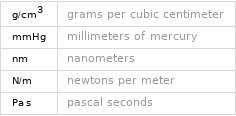
Thermodynamic properties
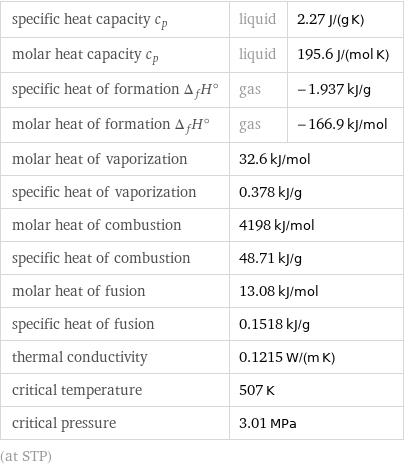
specific heat capacity c_p | liquid | 2.27 J/(g K) molar heat capacity c_p | liquid | 195.6 J/(mol K) specific heat of formation Δ_fH° | gas | -1.937 kJ/g molar heat of formation Δ_fH° | gas | -166.9 kJ/mol molar heat of vaporization | 32.6 kJ/mol | specific heat of vaporization | 0.378 kJ/g | molar heat of combustion | 4198 kJ/mol | specific heat of combustion | 48.71 kJ/g | molar heat of fusion | 13.08 kJ/mol | specific heat of fusion | 0.1518 kJ/g | thermal conductivity | 0.1215 W/(m K) | critical temperature | 507 K | critical pressure | 3.01 MPa | (at STP)
Phase diagram
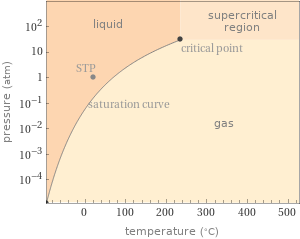
Phase diagram
Units

Basic drug properties

approval status | experimental | small molecule drug categories | adhesive
Hydrophobicity and permeability properties
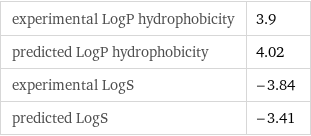
experimental LogP hydrophobicity | 3.9 predicted LogP hydrophobicity | 4.02 experimental LogS | -3.84 predicted LogS | -3.41
Chemical identifiers
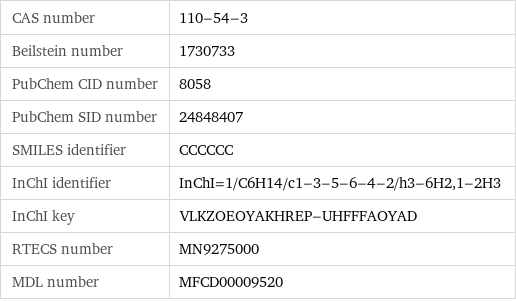
CAS number | 110-54-3 Beilstein number | 1730733 PubChem CID number | 8058 PubChem SID number | 24848407 SMILES identifier | CCCCCC InChI identifier | InChI=1/C6H14/c1-3-5-6-4-2/h3-6H2, 1-2H3 InChI key | VLKZOEOYAKHREP-UHFFFAOYAD RTECS number | MN9275000 MDL number | MFCD00009520
NFPA label

NFPA label
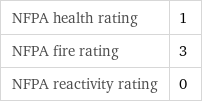
NFPA health rating | 1 NFPA fire rating | 3 NFPA reactivity rating | 0
Safety properties
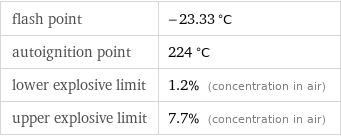
flash point | -23.33 °C autoignition point | 224 °C lower explosive limit | 1.2% (concentration in air) upper explosive limit | 7.7% (concentration in air)

DOT hazard class | 3 DOT numbers | 1208
Toxicity properties
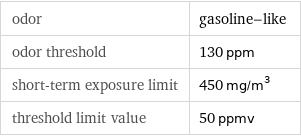
odor | gasoline-like odor threshold | 130 ppm short-term exposure limit | 450 mg/m^3 threshold limit value | 50 ppmv

long-term exposure limit | 360 mg/m^3 (over 8 hours) RTECS classes | tumorigen | mutagen | reproductive effector | human data | primary irritant